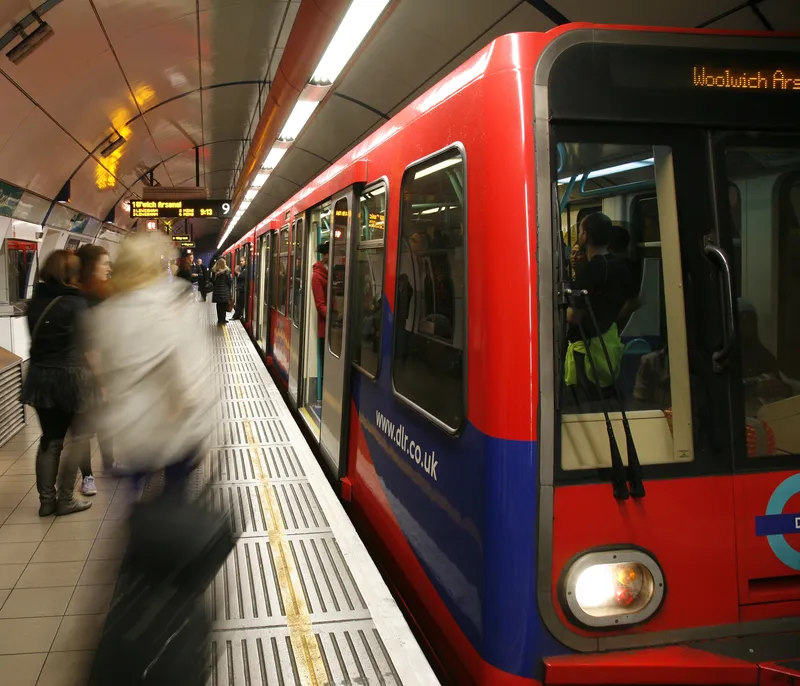Technology company GMV has been chosen by Alstom to supply an advanced fleet management system with in-station passenger information for the new light rail system being built by the ALTRAC consortium of Alstom, rail operator Transdev, Acciona and Capella in Sydney, Australia.
Alstom is responsible for the integrated tramway system for the 12 kilometre line, including the design, delivery and commissioning of 30 coupled Citadis X05 trams It will also provide the power supply equipment, including APS gr
April 13, 2016
Read time: 2 mins
Technology company 55 GMV has been chosen by 8158 Alstom to supply an advanced fleet management system with in-station passenger information for the new light rail system being built by the ALTRAC consortium of Alstom, rail operator Transdev, Acciona and Capella in Sydney, Australia.
Alstom is responsible for the integrated tramway system for the 12 kilometre line, including the design, delivery and commissioning of 30 coupled Citadis X05 trams It will also provide the power supply equipment, including APS ground power supply over two kilometres, signalling systems, HESOP energy recovery system, depot equipment and maintenance.
GMV’s system will be based on its SAE-R railway and tram fleet management system, which can be integrated with external control systems such as SCADA and TETRA systems and the planning and analysis tools used by Transport for NSW, as well as the TCMS, CAPSYS, passenger information and TETRA systems inside the tram cars.
The solution combines the normal functions of systems such as centralised fleet tracking, management of messaging and voice communications between trams and control centre (on TETRA/Wi-Fi), plus service regulation operations with other recently grafted-on functions like dynamic route establishment.
All the trams will be fitted with onboard units (OBUs) and touch screens in both cabs for driver interaction. The whole system is rounded out with the installation of a control centre comprising a set of servers in a virtualised environment and a series of workstations that will allow Transdev to ensure smooth service operation.
The stations will be fitted with LED information panels to provide passengers with arrival and departure information, service level, service notices, etc.
Alstom is responsible for the integrated tramway system for the 12 kilometre line, including the design, delivery and commissioning of 30 coupled Citadis X05 trams It will also provide the power supply equipment, including APS ground power supply over two kilometres, signalling systems, HESOP energy recovery system, depot equipment and maintenance.
GMV’s system will be based on its SAE-R railway and tram fleet management system, which can be integrated with external control systems such as SCADA and TETRA systems and the planning and analysis tools used by Transport for NSW, as well as the TCMS, CAPSYS, passenger information and TETRA systems inside the tram cars.
The solution combines the normal functions of systems such as centralised fleet tracking, management of messaging and voice communications between trams and control centre (on TETRA/Wi-Fi), plus service regulation operations with other recently grafted-on functions like dynamic route establishment.
All the trams will be fitted with onboard units (OBUs) and touch screens in both cabs for driver interaction. The whole system is rounded out with the installation of a control centre comprising a set of servers in a virtualised environment and a series of workstations that will allow Transdev to ensure smooth service operation.
The stations will be fitted with LED information panels to provide passengers with arrival and departure information, service level, service notices, etc.










